Essential Steps to Purchase Bitcoin:
As we delve into the era of digital revolution, Bitcoin — a decentralised cryptocurrency — has risen to undeniably significant heights. With a history stemming from 2008, backed with the power of blockchain technology, Bitcoin has become more than just an alternative currency. This digital asset has transformed the economic landscape promisingly enough for anyone with a pinch of curiosity to explore its capabilities. As a college student with the desire to understand and participate in this revolution, this detailed guide is tailored for you. Spanning Bitcoin’s basics to the nitty-gritty of purchasing and securing it, this piece serves as a comprehensive tool to familiarize you with navigating Bitcoin’s landscape.
Understanding Bitcoin
Understanding Bitcoin
Bitcoin is a digital or virtual currency that uses peer-to-peer technology for decentralized control. It was invented in 2008 by an unknown person or group of people using the alias Satoshi Nakamoto and started in 2009 when its source code was released as open-source software. Bitcoin is unlike traditional currencies because it doesn’t exist in a physical form and isn’t issued by a government or financial institution.
Delving into the Origin of Bitcoin
The first block of the Bitcoin blockchain, known as the genesis block, was mined by Satoshi Nakamoto in 2009. The inventor was active in the early development of Bitcoin but disappeared from public view in 2010. Despite the mystery surrounding its inception, Bitcoin has exploded in popularity and value over the past decade. Today, it has triggered the launch of hundreds of other cryptocurrencies, collectively known as altcoins.
Bitcoin’s Uniqueness: The Digital Character
One of the significant differences between Bitcoin and traditional currencies is its digital nature. Unlike the dollar, euro, or yen, Bitcoin doesn’t exist in paper form. It’s entirely digital, and so are all the transactions. There’s no physical exchange of a currency note; instead, every transaction is recorded on an online public ledger, commonly known as a blockchain.
Characteristics of Bitcoin
Bitcoin is decentralized, meaning it’s not controlled by any government or financial institution. This decentralization makes the cost of transactions lower because there are no intermediaries. Another notable trait of Bitcoin is its limited supply. The total amount of Bitcoin that will ever exist is capped at 21 million, a feature designed to bolster its value by creating scarcity.
Understanding Blockchain Technology
A key principle underlying Bitcoin is blockchain technology. A blockchain is a chain of blocks where each block contains a list of transactions. The Bitcoin blockchain records every single transaction ever made in the Bitcoin network. It’s this technology that assures the integrity and transparency of Bitcoin transactions.
A new block is created approximately every 10 minutes, containing a record of the most recent Bitcoin transactions. These blocks are linked to each other in a series or chain, forming the blockchain. The creation of new blocks is known as mining, and miners are rewarded with Bitcoin for the computational work they do to create these blocks.
The Revolutionary Feature of Blockchain Technology
The true innovation of blockchain technology is its ability to decentralize information while maintaining data integrity. Traditional currencies rely on central banks or government institutions to regulate them and keep track of transactions. In contrast, Bitcoin relies on a network of computers (called nodes) that validate transactions and maintain the security of the blockchain.
In sum, Bitcoin pioneeringly merges cryptography, computer science, and economics. It has redefined monetary transactions by offering a decentralized, digital alternative to traditional currencies. By understanding Bitcoin and blockchain technology, you’re uncovering the fundamental shifts underway in our digital world.
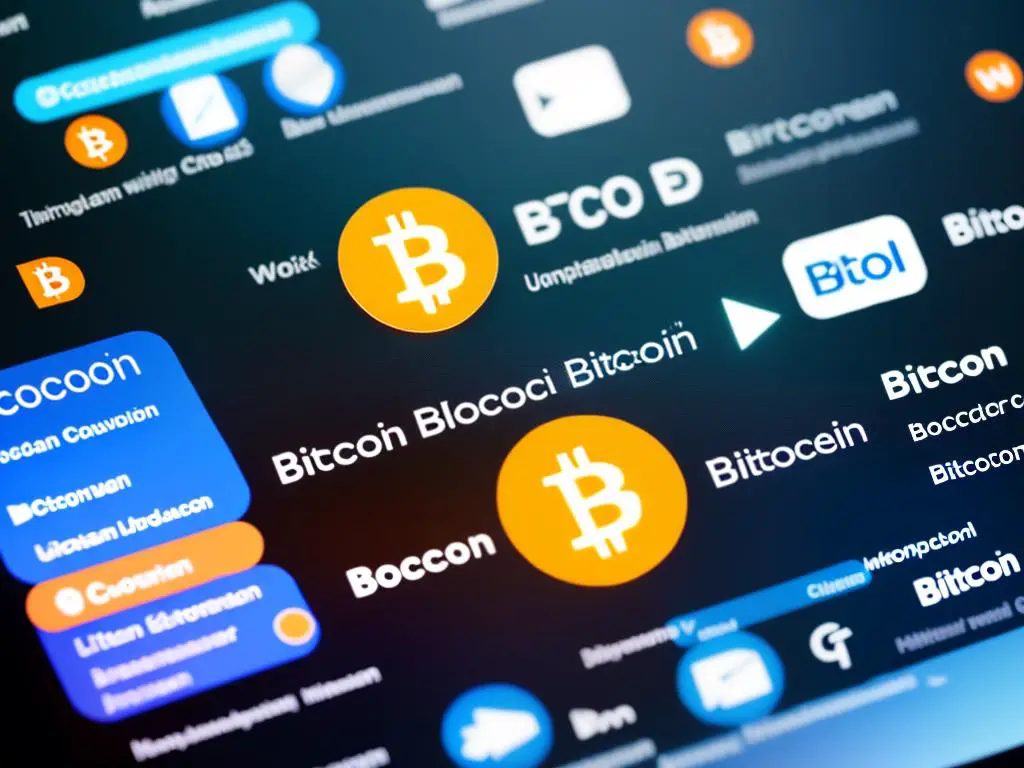
Bitcoin Wallets
Introduction: Understanding Bitcoin Wallets
Bitcoin wallets are a type of digital wallet where Bitcoin, a form of cryptocurrency, is stored. Of paramount importance, they are not actual traditional wallets, but more like bank accounts. They allow you to send, receive, and manage your Bitcoin. Bitcoin wallets come with a crucial feature known as a cryptographic key (called a ‘private key’ in the crypto jargon). The private key is used to sign transactions, providing mathematical proof that they have come from the owner of the wallet, and safely securing your BTC from unauthorized access.
Different Types of Bitcoin Wallets
There are several types of Bitcoin wallets, each with different levels of security, accessibility, and convenience.
Desktop Wallets
Desktop wallets are software programs that can be downloaded and installed on a desktop or laptop. They offer reliable security as your private keys are not shared with any third party. However, you will lose all your funds if your computer gets damaged or stolen unless you’ve backed up your wallet.
Mobile Wallets
Mobile wallets are applications on a smartphone. They offer the convenience of making payments quickly even in physical stores by scanning a QR code. Just like desktop wallets, the majority do not rely on third-party services and provide full control of your Bitcoin to the user.
Web Wallets
Web (or cloud) wallets allow you to access your Bitcoin from any device with internet access. However, they can be a bit risky as your private keys are stored online and can be vulnerable to hacking.
Hardware Wallets
Hardware wallets are the most secure type of Bitcoin wallet. They store the user’s private keys on a hardware device like a USB drive. They are immune to computer viruses and are frequently paired with a backup and recovery system.
Securing your Bitcoin Wallet
Protecting your Bitcoin wallet is crucial to prevent potential cyber-thefts.
Set a Strong Password
Setting a strong password is a vital first step. Make the password long, include variations of letters, numbers, and symbols, and avoid using predictable choices like “password123” or “qwerty”.
Enable Two-Factor Authentication
For an added layer of security, enable two-factor authentication. This usually involves first entering your password and then entering a code that is sent to you either via email or SMS.
Keep Software Up To Date
Stay vigilant by keeping your wallet’s software updated. Regular updates will include bug fixes and security enhancements.
Backup your Wallet
Backup your Bitcoin wallet to ensure you don’t lose your Bitcoin due to hardware failure, loss of device, or other unfortunate mishaps. Store these backups in multiple secure locations.
Store Your Wallet Offline
If you have a substantial amount of Bitcoin, consider storing them offline to protect against possible cyber-crimes or failures with the wallet’s host or your Internet Service Provider.
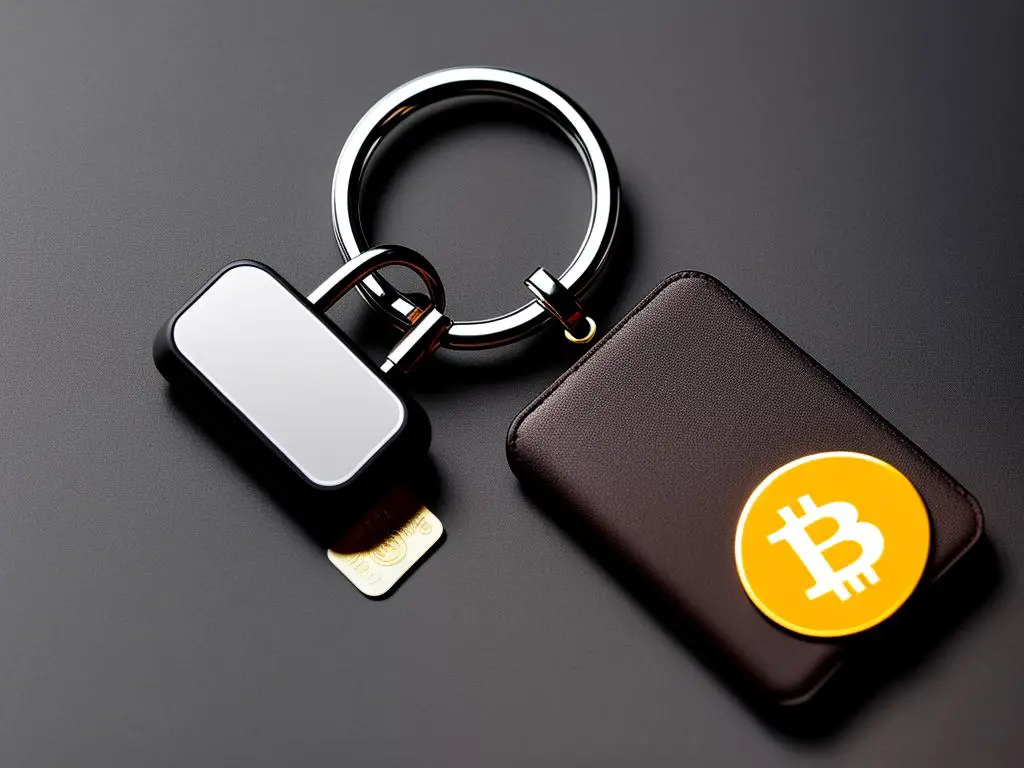
Setting Up a Bitcoin Wallet
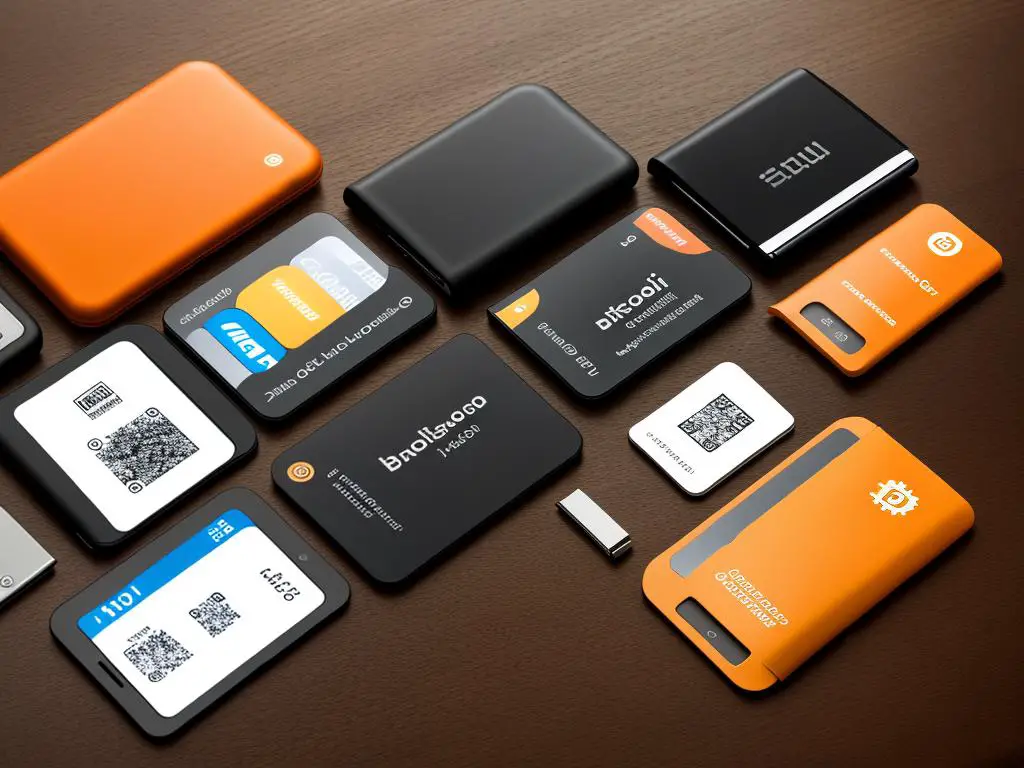
Choosing a Bitcoin Exchange
As a digital currency that operates independently of a central bank, Bitcoin has been wooing investors with its volatile price and potential for high returns. With the increasing number of Bitcoin exchanges, it becomes increasingly crucial to choose a platform that suits your needs in terms of fees, security measures, and credibility. Here’s how to choose the right Bitcoin exchange for you:
Different Bitcoin exchanges charge varying fees for their services. Typically, these can be divided into trading fees and withdrawal fees.
- Trading fees: These are charges taken by the exchange every time you buy or sell Bitcoin. Pay attention to the ‘maker’ and ‘taker’ fees. As a ‘maker’, you add liquidity to the market by placing a limit order under the ticker price for buy and above the ticker price for sell. On the other hand, ‘takers’ take liquidity off the market. Taker fees are usually higher than maker fees.
- Withdrawal fees: These are charges imposed when you transfer your Bitcoin to a different wallet or cash out your investment.
Take the time to understand the fee structure of different exchanges and how it would impact your investing strategy.
Almost every month, a new story breaks about a cryptocurrency exchange that has been hacked. This is why it is absolutely critical to ensure the exchange you chose has robust security measures in place. Below are features you should look out for:
- Two-factor authentication (2FA): This adds an extra layer of security to your account by requiring not only a password and username but also something that only the user has on them, like a piece of information only they should know or have.
- Cold storage: This means that the exchange stores the majority of your assets offline, in a place that’s not connected to the internet, to prevent them from being hacked.
- Insurance fund: Some exchanges have an insurance fund in place to compensate users in case of a hack.
Take the time to check each exchange’s security measures and pick the one that offers the best protection for your digital assets.
Credibility is key when it comes to handling investments, and this is no different for Bitcoin exchanges. Here are a few things to consider:
- Reputation: Read reviews, user feedback, and news about the exchange. Use credible sources to find out if the exchange has had any security breach, regulatory conflicts, or other issues.
- Transparency: Find out if the exchange has been fully transparent about its operations and fees.
- Regulation: An exchange is far more likely to be trustworthy if it’s regulated by a legitimate authority like the Securities Exchange Commission (SEC) in the United States.
By carefully analyzing the fees, security measures, and credibility of different Bitcoin exchanges, you can choose a suitable platform for purchasing your Bitcoin. Your financial safety together with your potential profitability are worth the time and research invested in picking the right exchange.
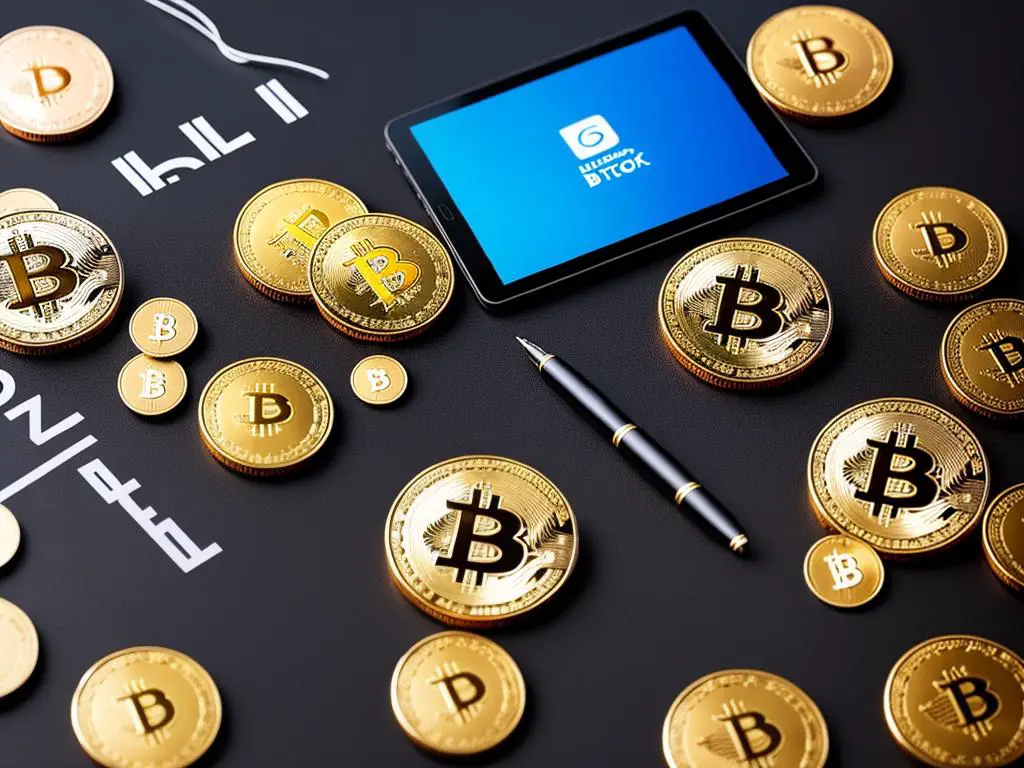
Purchasing Bitcoin
Understanding Bitcoin and How to Purchase it
Bitcoin is a digital cryptocurrency that has surged in popularity over the past few years. As an unregulated and relatively new market, it can be tricky to get started with. However, once you know the steps, buying Bitcoin is actually quite straightforward. The following guide will provide a step-by-step process on how to purchase Bitcoin in the United States.
Setting up a Bitcoin Wallet
Before purchasing Bitcoin, you will need to set up a digital wallet where your Bitcoin can be stored. There are numerous applications and websites where you can create a Bitcoin wallet. Some popular options include Coinbase, Binance, and Kraken. These platforms are user-friendly, secure, and have comprehensive guides on setting up a wallet.
Connecting a Bank Account
Once you have set up a Bitcoin wallet, the next step is to connect your bank account. This allows for the transfer of funds to purchase Bitcoin. The process for connecting a bank account will vary depending on the platform you’re using, but generally involves entering your banking details and verifying your identity.
Most platforms will require a form of photo ID, such as a driver’s license or passport, to prevent fraud and ensure safe transactions. This is commonly referred to as Know Your Customer (KYC) regulations.
Setting up a Purchase Order
After your bank account is approved and connected, you can set up a purchase order. On your chosen platform, go to the section titled ‘Buy Bitcoin’. Here, you will be able to specify the amount of Bitcoin you wish to purchase. This can be as much as the funds in your bank account allow, or as little as $10 worth.
Once you confirm the amount, you should review the details of the transaction, such as the current exchange rate and any fees that may apply. If all the details are correct, confirm the purchase.
Transferring Bitcoin to Your Wallet
After you have purchased Bitcoin, it will appear in your platform’s web wallet. However, for extra security, it can be transferred to your own personal digital wallet. This can be done directly through the platform’s interface. Once the transaction is processed, the Bitcoin will appear in your own wallet, where it can be stored or used as you see fit.
In conclusion, purchasing Bitcoin can seem confusing at first but it becomes simple once you understand the process. Although the value of Bitcoin can fluctify wildly, it is a captivating elements of the new digital economy. The above steps will help anyone interested in embarking on their Bitcoin journey.
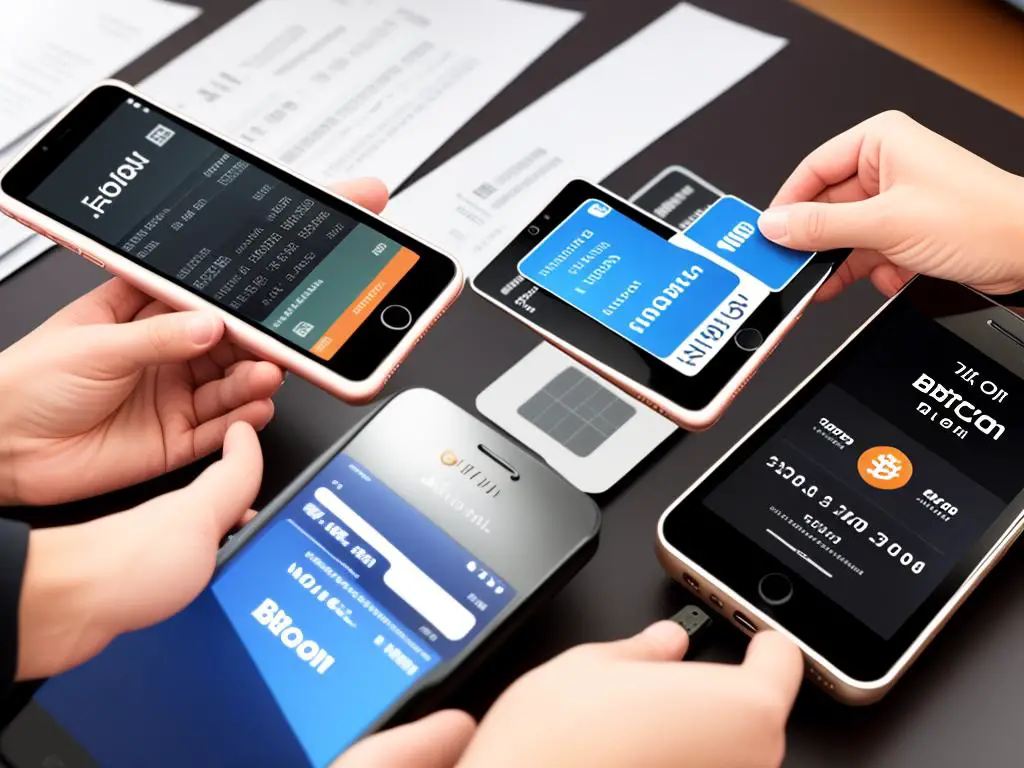
Effectively navigating the terrain of Bitcoin purchasing and security requires a good grasp of its fundamental structures. As the discourse has elucidated, these encompass a concise understanding of Bitcoin’s origin, its decentralized nature, the workings of its underlying blockchain technology and most importantly, the strategies and steps for acquiring and securing Bitcoin in your wallet. The journey that starts with setting up a secure Bitcoin wallet eventually materializes in the successful purchase and transfer of Bitcoin, calls for careful analysis of available exchanges. As we conclude, remember that deeper understanding, continuous learning and active participation will be your invaluable weapons as you step into and make your mark in the enthralling universe of cryptocurrency.
Writio – AI content writer for websites and blogs
Must read:
Mastering Cryptocurrency for Beginners: A Concise Guide part-1




